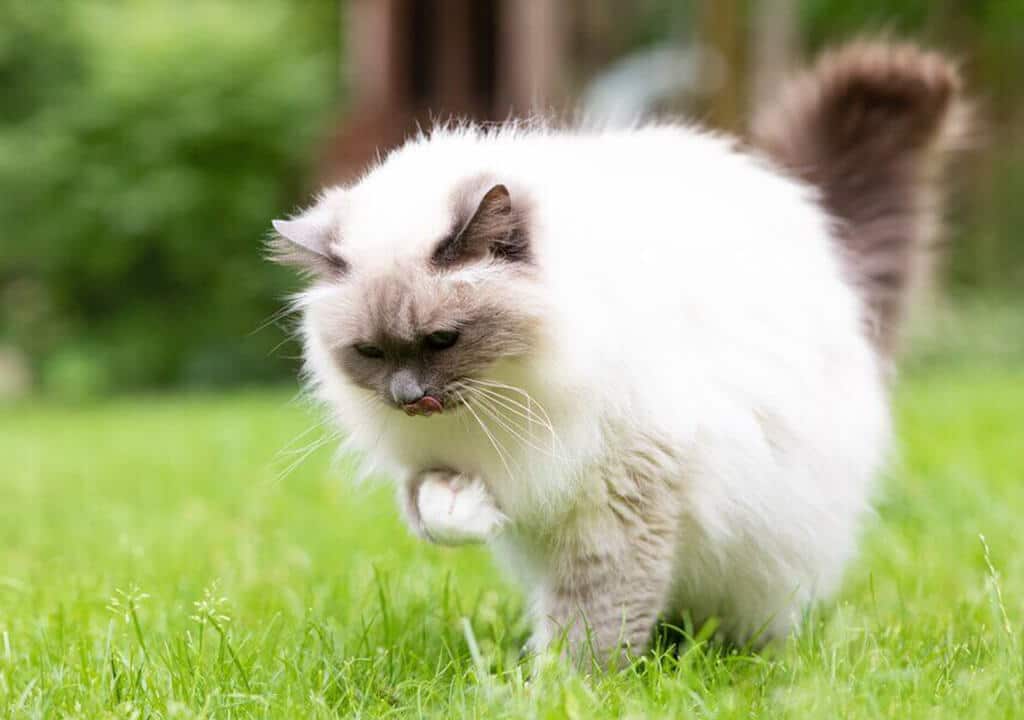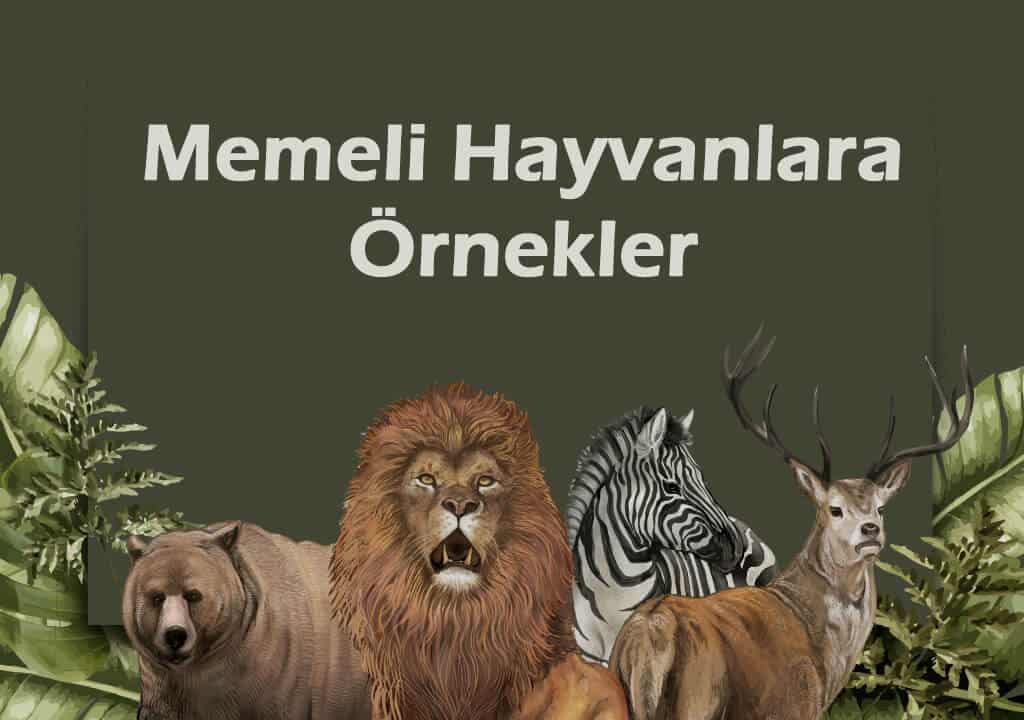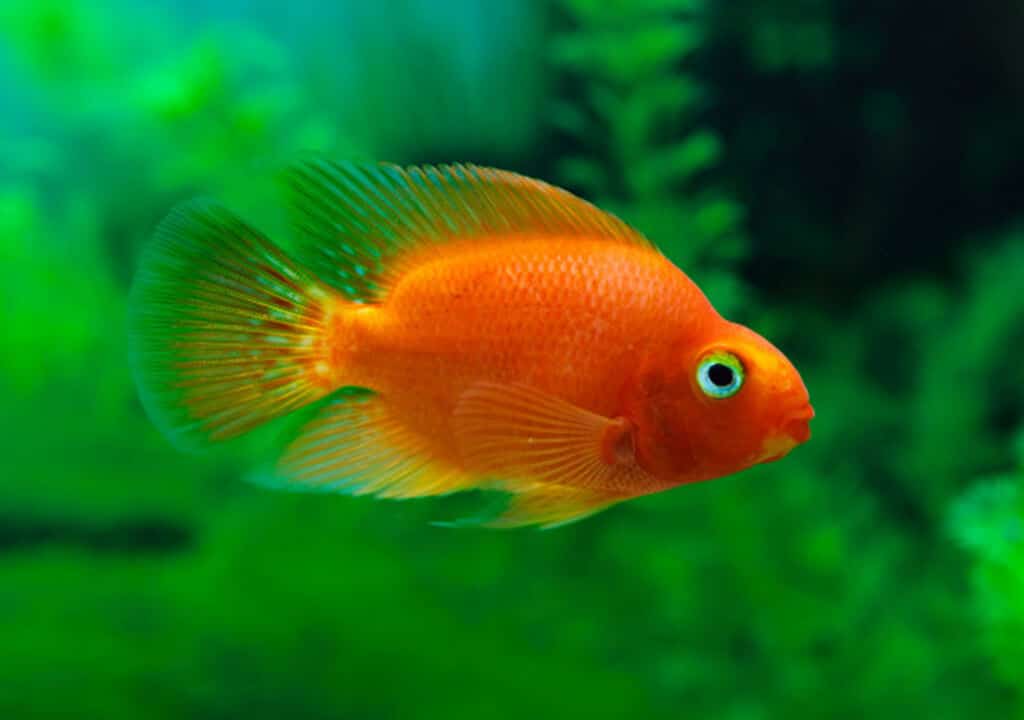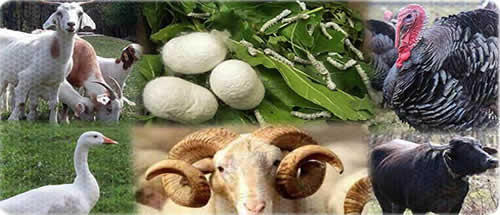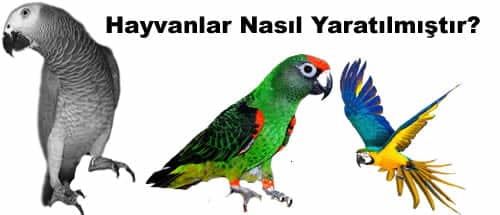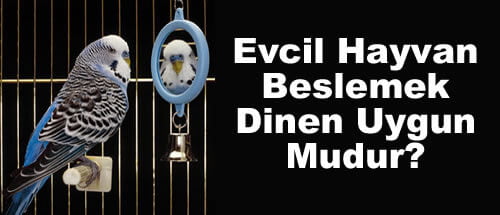All animals in the animal kingdom are studied in two groups as vertebrate and invertebrate animals in zoology. Animals classified as mammals are animals included in the group of vertebrate animals. Mammals, which are eukaryotic multicellular organisms, not only move actively but also store glucose in their bodies in the form of glycogen.
The skeletal structure of mammalian animals, whose body surfaces are covered with skin, is a hard and ossified structure. They meet their excretion needs through their kidneys. The circulatory systems consist of the heart, blood and vessels. They also have blood circulation systems. Sexually reproducing mammals have gill slits and tail origin segments during embryonic stages. There are respiratory gases in their circulatory systems. These respiratory gases are carried throughout the body by the blood.
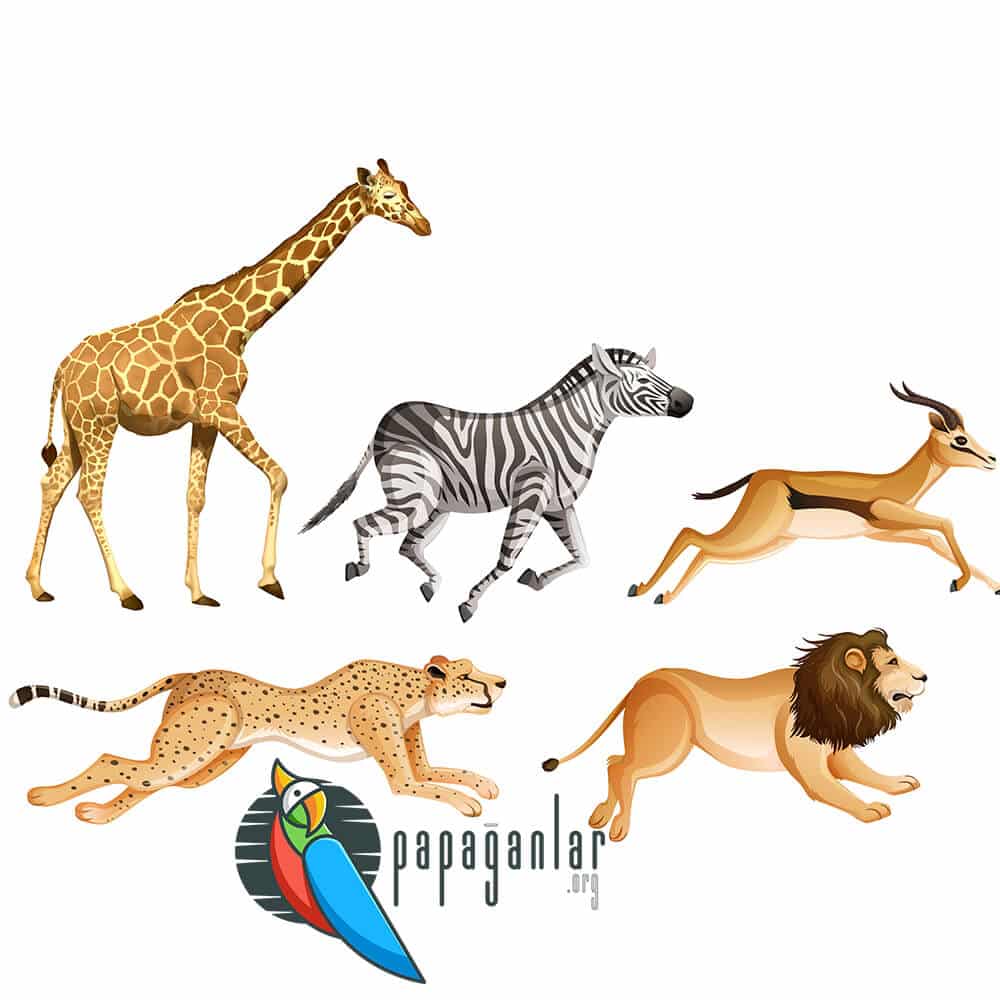
Mammal Animal Names
All animals that give birth to, feed and raise their young with milk are called “mammals”. Some mammals can be fed with meat and some with grass. The jaw structures of grass-fed mammals are strong and developed enough to tear grass. Mammals with these features are herbivorous; They are animals such as cows, sheep, goats, camels, deer and monkeys.
Meat-eating mammals, which are called carnivores, are generally wild animals. Wild animals such as lions, tigers, wolves and jackals are carnivorous mammals. Cats and dogs are also carnivorous mammals. Rodents such as mice, beavers, squirrels, rabbits, bats, dolphins, whales and seals are mammals.
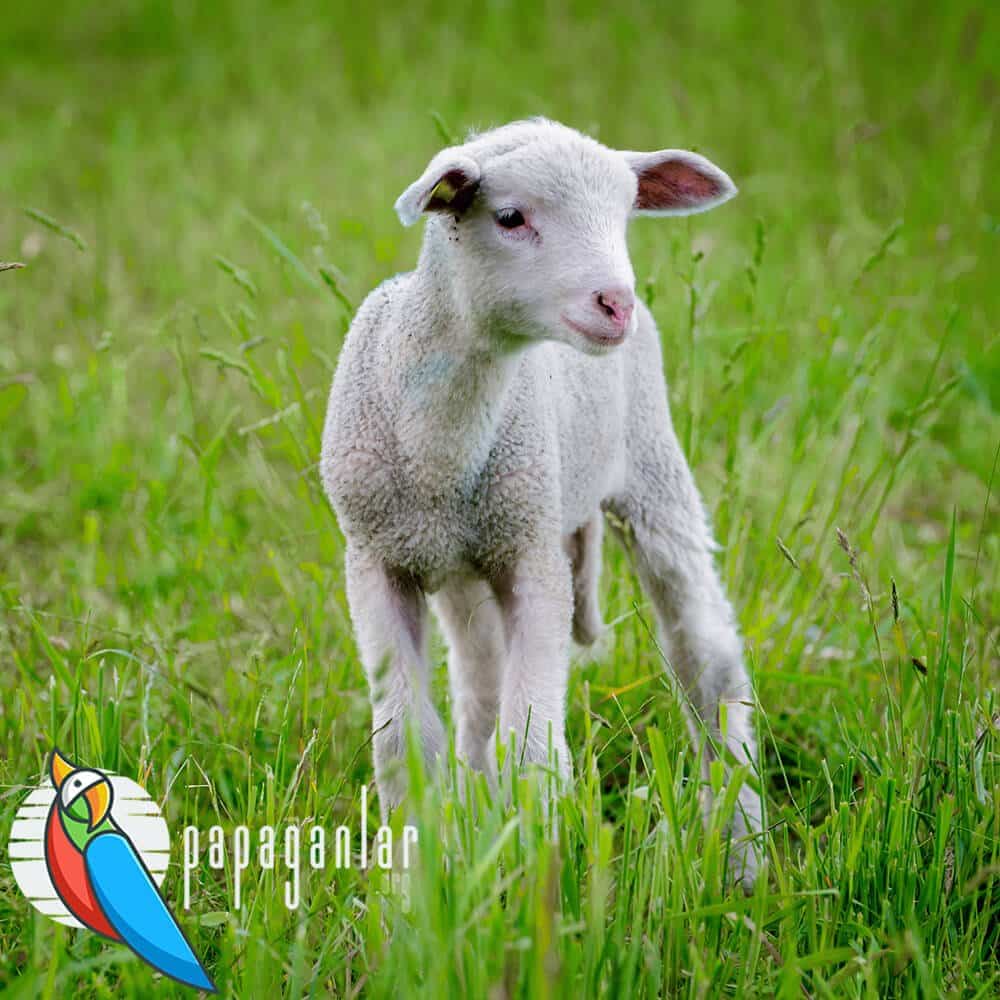
Mammal Names
While mammals are vertebrate animals, they are also animals that give birth to offspring and raise their young by feeding their own milk. mammals; They are animals that are very similar to humans in terms of breeding and feeding their young, as well as excretory, respiratory and circulatory systems. There are many carnivorous, herbivorous, rodent or aquatic mammals on earth.
In addition to familiar mammals such as cats and dogs, lions, tigers, jackals and wolves are carnivorous and wild mammals. Mice, beaver, squirrel, rabbit are rodent mammals and they feed by gnawing on the stems of plants. Animals such as deer, cows, sheep, goats, camels and monkeys are also mammals that eat grass and are called herbivores. Also, bats are mammals that can fly. Animals such as dolphins, whales and seals are also aquatic mammals.
What Does Mammal Mean?
Mammals in the group of vertebrate animals; It contains animals in different categories such as carnivores, herbivores, rodents. mammals; They are animals that give birth to their offspring by the method of procreation, that have milk after giving birth to their young, and that raise their young by feeding their milk. Also, mammalian features are common. One of these common features is that the bodies of these animals are covered with skin and feathers.
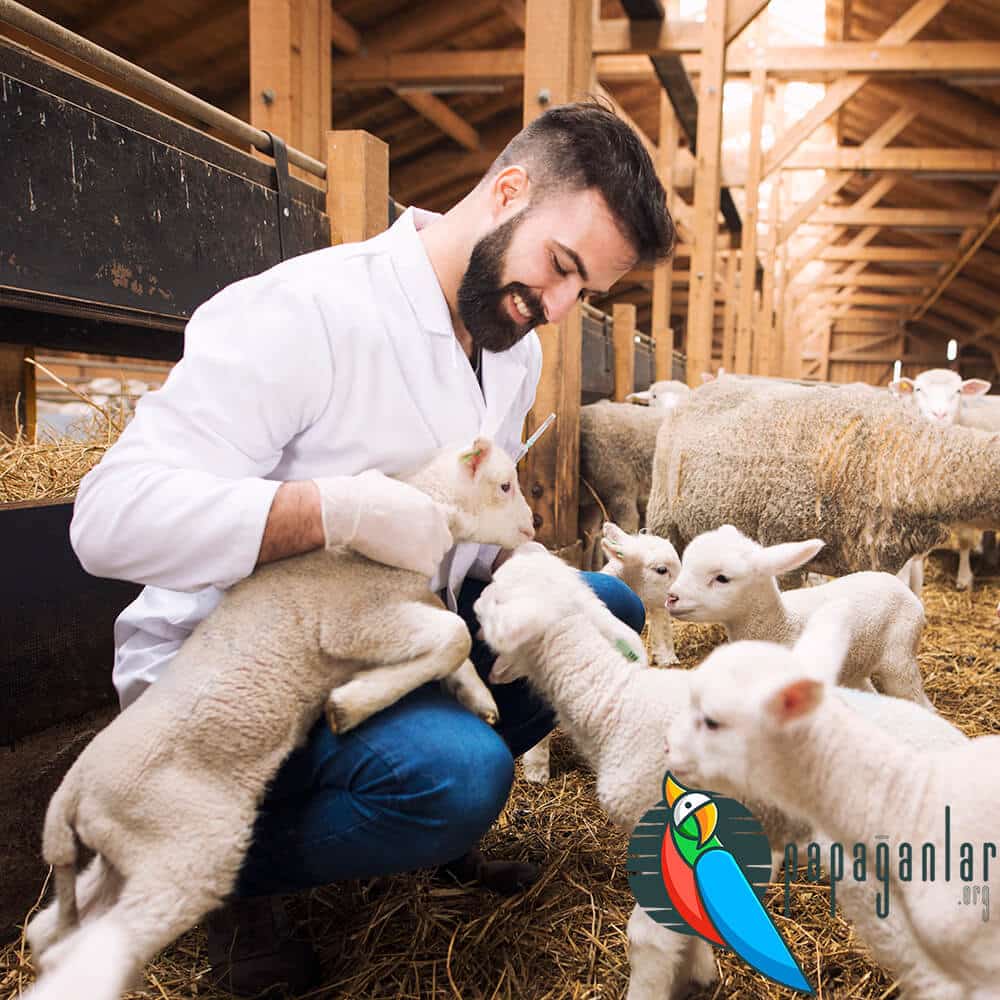
Information About Mammals
Mammals are vertebrate animals, including humans. Mammals, which have a constant body temperature, are also creatures with a double and mixed circulatory system. The body surface is completely covered with hair. Newborn mammals take their mother’s milk as their first food and grow up by feeding on their mother’s milk for a while. Just like humans, they use the diaphragm in breathing and thus fulfill their respiratory needs. They also have a double bone structure in their lower jaws.
There are three-part bones in the middle ear structure of mammals. These bone structures are connected to the eardrum and inner ear. All mammals are vertebrates, and these animals usually have seven vertebrae. Most importantly, mammals; They are divided into three groups as placental, beaked and marsupial. However, almost all of the mammals are animals that reproduce by normal birth in the placental group.
Mammal Groups
In zoology, animals are generally divided into vertebrates and invertebrates. Mammals belong to the group of vertebrates. Within this group, mammals are again divided into groups; carnivorous animals, herbivorous animals, rodents, aquatic mammals can be named. However, scientifically mammals; Marsupial mammals are divided into 3 groups as beaked mammals and true mammals.
When it comes to marsupial mammals with dense hair on their bodies, the first kangaroo comes to mind. Their skeletons contain sac bones. Beaked mammals are mammals that reproduce by laying eggs. Since it is called a beaked mammal with primitive mammary glands, mammals such as ducks, beaked palitibus, and platypus come to mind.
Mammals other than these mammals also menstruate. However, the vaginal bleeding that occurs in these mammals does not flow out. On the contrary, this vaginal blood discharge is eliminated by being absorbed in the wall of the uterus.

Distinctive Features of Mammals
Although mammals are animals in the group of vertebrate animals, animals in this group have some common features. In addition to these common features, there are also distinctive features unique to mammals. One of these features is that their bodies are covered with hairs. The body of mammals, including humans, is covered with hair.
mammals; It does not hatch from the egg, it is born by the normal birth method. Also, the first food is breast milk. Because mammals feed their young with their own milk. Unlike other creatures, mammals have a diagram at the bottom of the rib cage. Finally; Mammals have larger brains than other animals.
Features of Mammals
The science of zoology examines all the animals that exist on earth by dividing them into two groups as vertebrates and invertebrates. Mammals are living things that fall into the group of vertebrates. First of all, all mammals reproduce by normal birth and feed their young by breastfeeding with their own milk. Ayrıca tüm memelilerin vücutları deri ve deri üzerinde kıl ile kaplıdır.
One of the other features of mammals is that their respiratory and excretory systems and diagram structure are just like humans. Also, mammals are menstruating creatures like humans. Considering their physiological characteristics, mammalian animals have a larger brain compared to other living things.
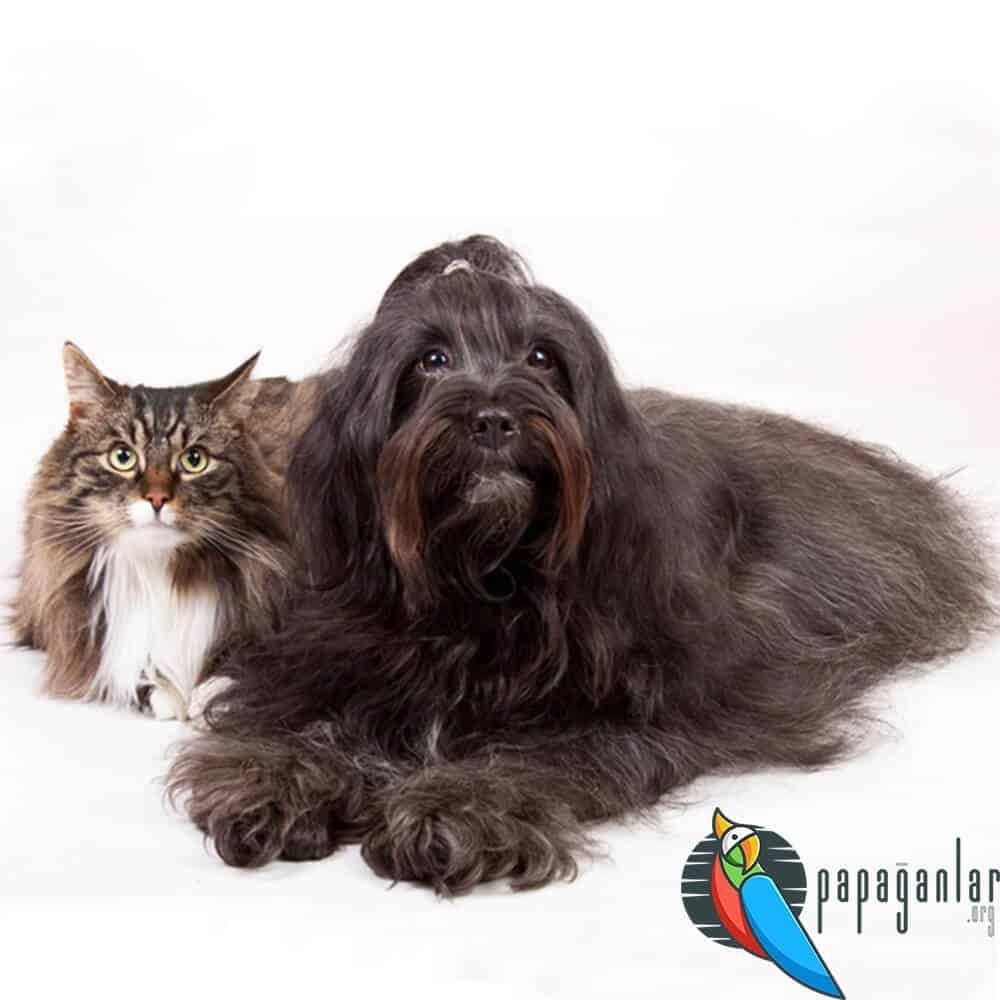
Do Mammals Have Exoskeletons?
Mammals are known as the most advanced species of vertebrates. There are around 6000 species. Although these animals are completely covered with hair, there are also mammals such as dolphins and whales whose bodies are not covered with hair. In addition, a curious subject about mammals is the exoskeleton.
Vertebrates have exoskeletons. Thanks to the exoskeleton, important organs such as the brain, heart and lungs are protected. Also, if the exoskeleton did not exist, perhaps animals would not be able to carry the weight of their bodies. Therefore, the exoskeleton is an important part of mammals.
Features Distinguishing Mammals from Other Animals
Mammals have many different characteristics compared to other animals. Primarily, mammals belong to the group of vertebrates. Man is also a type of mammal. For this reason, the features that distinguish mammals from other animals are very similar to those of humans. All mammals, just like humans, give birth to their young by birth, then they take care of their young by feeding them with their milk.
Except for mammals such as dolphins and whales, the bodies of all mammals are covered with hair. In addition, the excretory and respiratory systems are the same as the human body. In addition, mammals are very compassionate and affectionate creatures. Thanks to the maternal sense of the females, it is seen in the care of the offspring.
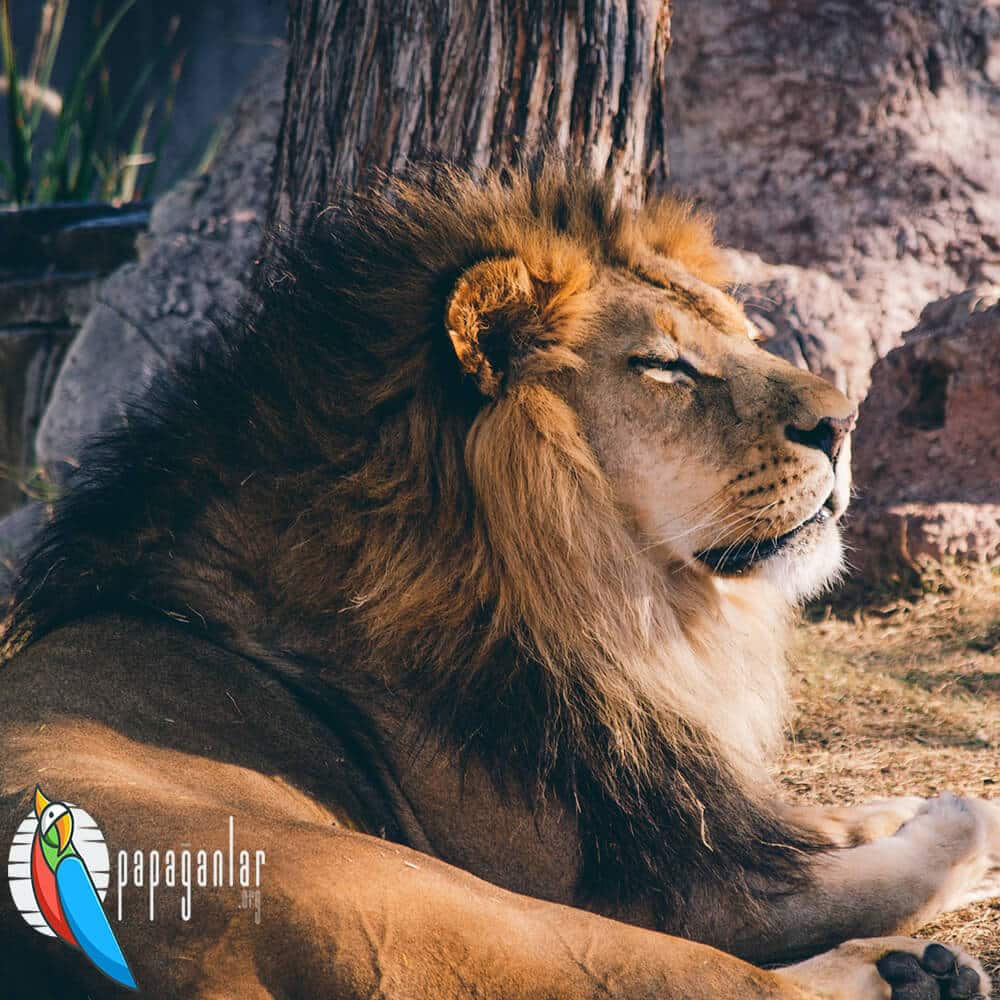
Characteristics of Only Mammals
The bodies of all mammals are covered with dense or sparse hairs. The first food that every mammal receives when it is born is mother’s milk. Mammals reproduce by normal birth. Thanks to their maternal sense, they look after their young and raise them. All mammals have a diaphragm in the lowest part of the thorax. Thanks to this diaphragm, strong breathing is provided.
One of the most distinctive features of mammals is the apparent size of their brains. The brain organ of mammals, including humans, is an important organ of rapid growth and development.
Distinctive Features of Mammals
The most important distinguishing feature of mammals, as the name suggests, is that they are mammals and that they feed their young with their own milk. Humans also fall under the category of mammals. For this reason, mammals are very similar to humans with many distinctive features. Another distinguishing feature that resembles humans is the way mammals reproduce.
Like humans, mammals reproduce by giving birth. There is also the care of offspring in mammals, which are vertebrate animals. Mammals feed their offspring for a while, just like humans, by breastfeeding them with their own milk. In addition, although the hearts of mammals are four-chambered, they function in the circulatory system without mixing dirty blood and clean blood.

Characteristics of Mammals
All animals in the category of mammals are known as vertebrates. In addition, except for mammals such as dolphins and whales, all mammals’ bodies are covered with hair. Mammals that care for and feed their young with their own milk have a four-chambered heart organ. Warm-blooded mammals; true mammals are divided into three different groups as marsupials and beaked mammals.
All mammals, except beaked mammals, reproduce by giving birth. In addition, one of the most well-known general characteristics of mammals is that they are the most developed of all living groups. Some of the animals in the mammal group are carnivores and some are herbivores.
The Most Important Feature Differentiating Mammals From Other Animals
The most important feature that distinguishes mammals from other animals is; This is because they are animals with a physiology closest to human physiology. They are warm-blooded animals. Bu nedenle de vücut ısılarını daima sabit tutan canlılardır. These features also create the need for continuous feeding of mammals. The skin covering their body is completely covered with hair.
Another feature that distinguishes mammals from other animals is that their skin consists of three layers. The teeth and lower jaw structures of herbivorous mammals are strong and their teeth are grinding. Carnivorous mammals have long canines and low-crown posterior teeth for shredding flesh. Mammals, which need constant nutrition to keep their body temperature in balance, feel the need to sleep when they cannot meet their nutritional needs.
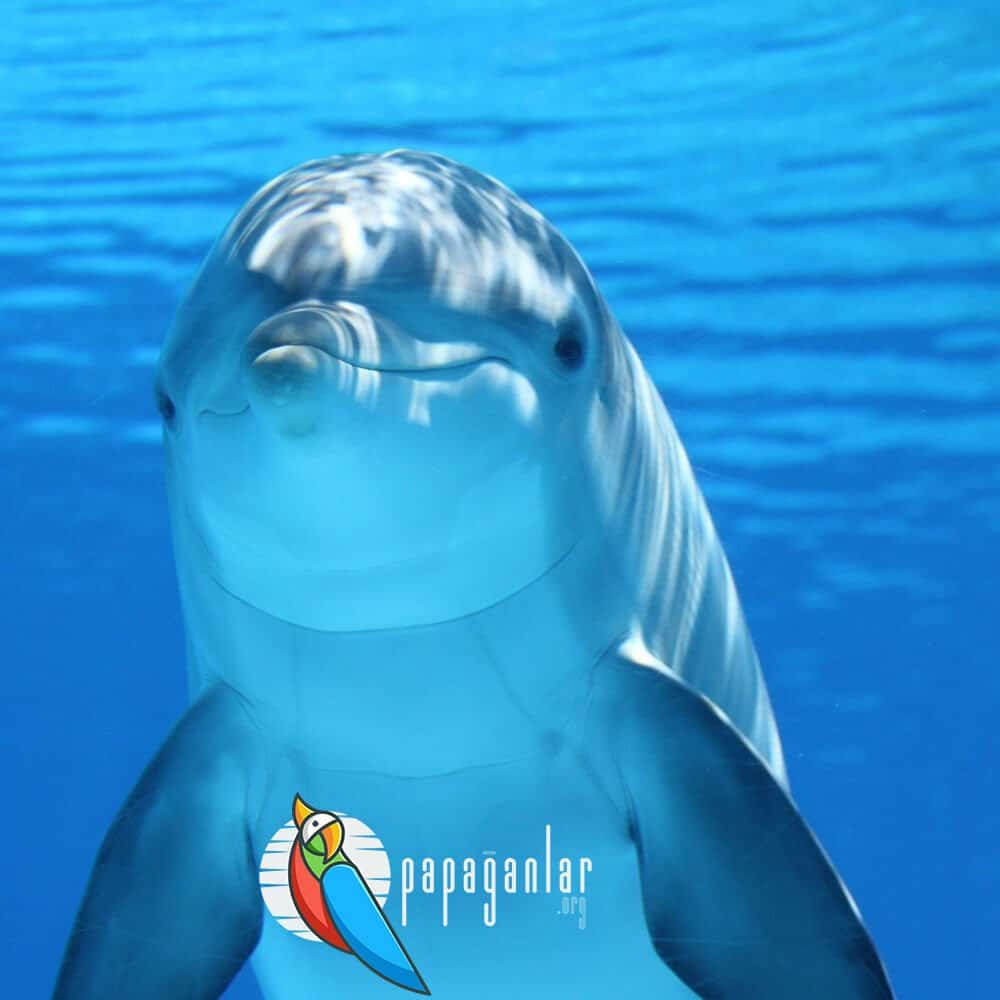
General Characteristics of Mammals
Mammalians, which are in the category of vertebrates in the animal kingdom and are the closest animals to the human race, are eukaryotic multi-celled creatures, but they are consumer animals in nature and they move actively and constantly. Mammals, whose bodies are completely covered with hair, use the kidneys as an excretory organ. There are respiratory gases in their circulatory systems, and when these gases mix with the blood, they meet their respiratory needs.
Mammals that reproduce sexually, that is, by giving birth, have offspring care. Thus, every mammal; feeds its baby with its own milk and raises it for a while. Also, mammals have diaphragm muscle that is not found in any other animal.
Isn’t it a Mammalian Animal Trait?
Mammals are vertebrate animals with uniquely developed features. They reproduce sexually, that is, by the method of birth, not by ovulation, and continue their generation in this way. Also, the skin covering their bodies is not bare. The skin is covered with hair. Compared to other creatures, it feeds its young by giving its own milk, not by feeding it.
Mammals are not cold-blooded animals. On the contrary, mammals, which are warm-blooded animals, need constant nutrition to keep their body temperature in balance. Thus, many mammals go to sleep when they cannot meet their nutritional needs, rather than constantly. Especially mammals such as cats and dogs are humane and warm-blooded animals.

General Characteristics of Mammals
Almost all of the mammals are animals that feed on mother’s milk during their infancy. All mammals have glands in the body that provide milk production, so mammals feed their young with milk and take care of the offspring. Mammals. She looks after her offspring until they reach a certain age, and protects her offspring.
They generally have a holozoic diet. Internal fertilization and internal development occur. Unlike other living things, sexual reproduction and normal birth occur in most mammals. It is examined in three different ways as beaked, marsupial and placental. Except for the beaked mammals, all other mammals reproduce sexually. However, beaked mammals reproduce with eggs and continue their lineage.
Mammal Species and Characteristics
All the animals on earth are firstly divided into two as vertebrates and invertebrates within the scope of zoology. Mammals are the most developed creatures in the vertebrate class. mammals; beaks, marsupials and placentals are divided into three parts. Beaked mammals reproduce by laying eggs. However, this is the exception. All other mammals reproduce asexually, by giving birth like humans. In fact, the most advanced of these mammals is humans.
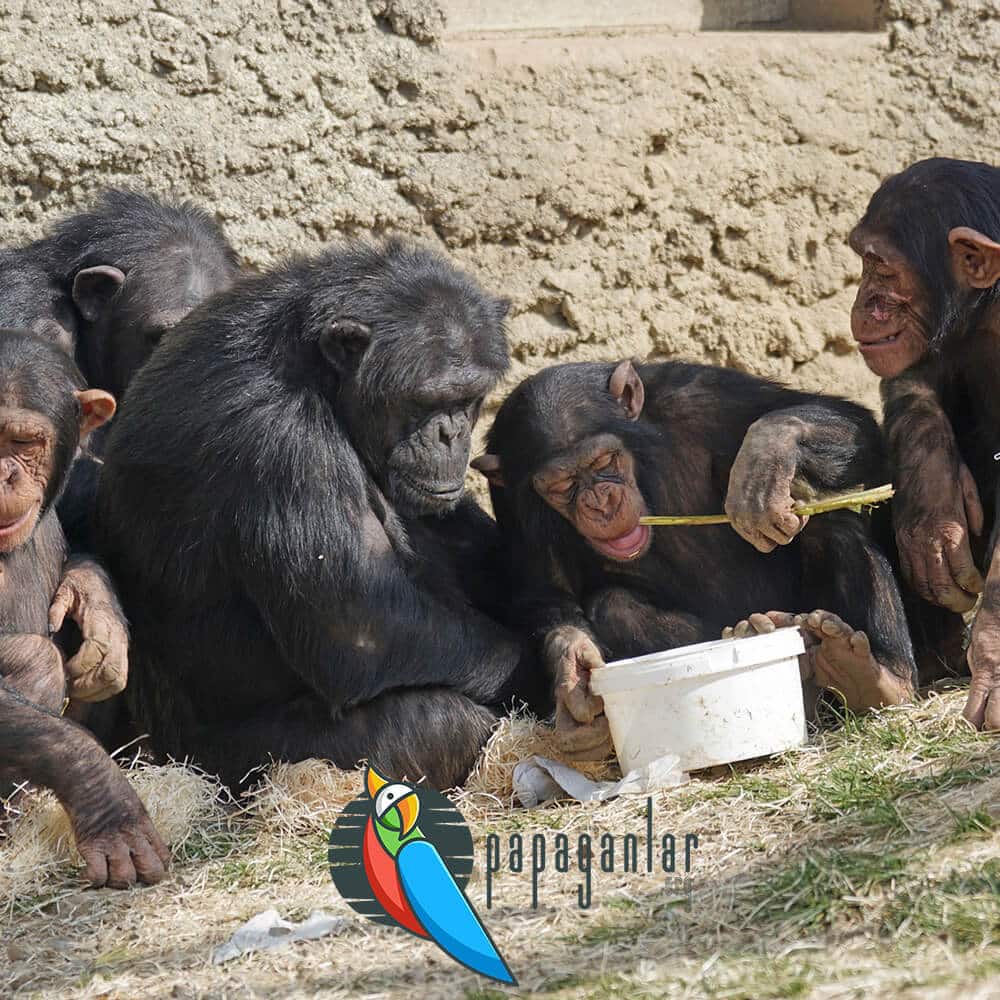
Beaked mammals reproduce by internal fertilization and external development, that is, by laying eggs. Marsupial mammals reproduce by internal fertilization and external development, just like beaked mammals. Their offspring are born before they are fully developed and complete their development in their mothers’ pouches. Creatures such as kangaroos, squirrels and koalas are marsupial mammals. Placental mammals reproduce by internal fertilization and internal development. The embryo in the mother’s womb completes all its development in the mother’s womb. Creatures such as cats, dogs, dolphins, lions, bats and moles are examples of placental mammals.
Basic Characteristics of Mammals
One of the main characteristics of mammals is that they feed their young with their own milk and take care of them, just like humans. The bodies of all mammals are covered with hair, with the exception of mammals such as dolphins and whales.
The main organ of the excretory system is the kidneys. In addition, all mammals are quadrupedal animals, except whales and sea cows.
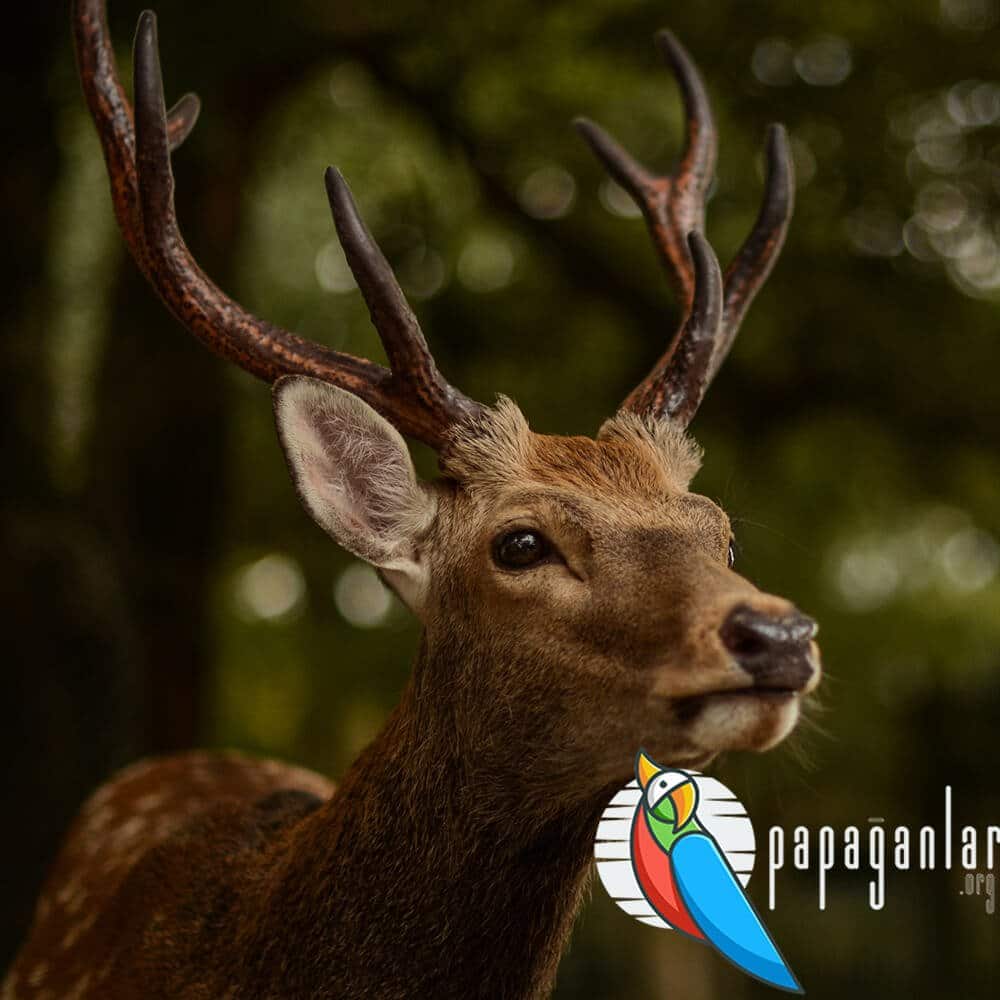
Do Mammals Menstruate?
Mammals are the closest animals to the human body in terms of physiology. For this reason, one of the most curious questions for mammals is whether mammals menstruate or not. It is known that many mammals living on earth have menstruation. However, menstruation is clearly seen in chimpanzees, bats and elephants, which are the closest species to the human genus, especially in humans.





